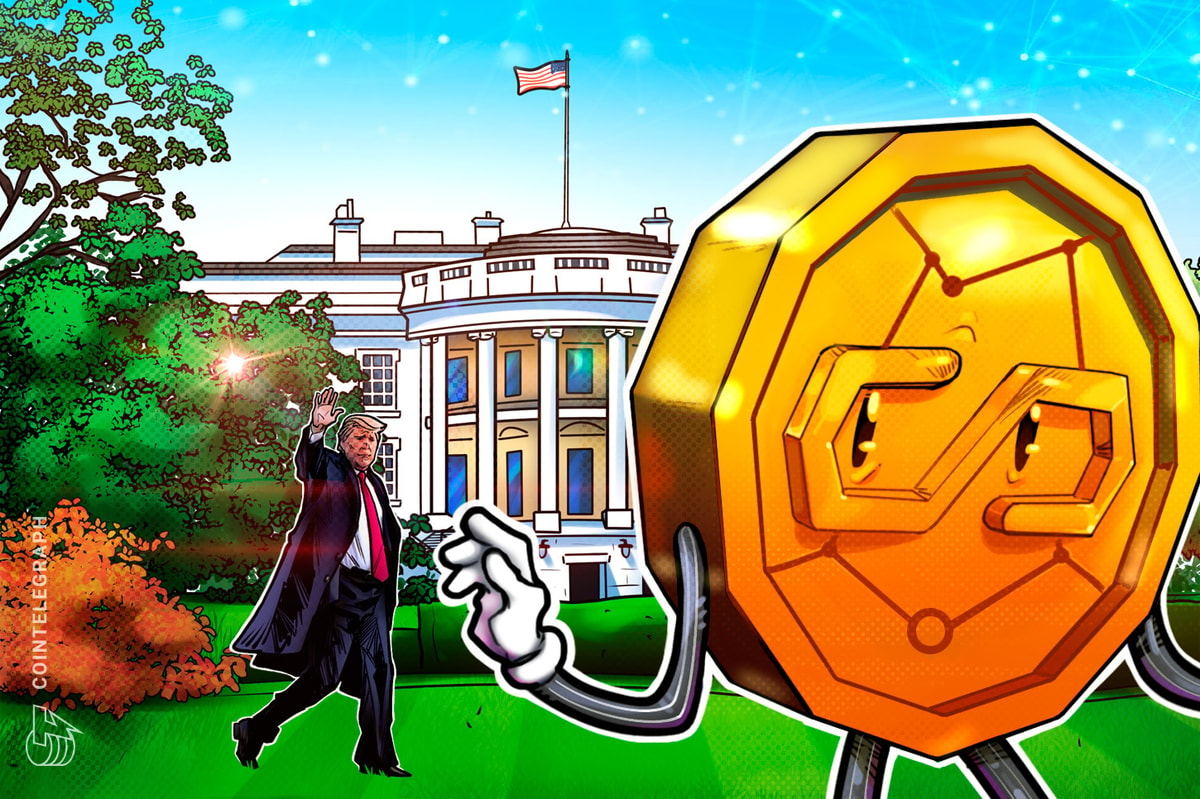Stablecoin use continues to expand across the world, and White House crypto czar David Sacks says one of its first priorities is stablecoin legislation in the United States.
Markets News
One of the top priorities for White House AI and crypto czar David Sacks is addressing the rise of stablecoin legislation in the United States. While stablecoins have gained significant traction internationally, particularly in emerging markets, their adoption in the US has remained limited.
The question remains: can stablecoins pose a threat to the US dollar, or are they simply a complementary feature that will reinforce the existing system?
On Feb. 4, a bipartisan group of US senators introduced legislation aimed at creating a stablecoin regulatory framework. Tennessee Republican Senator Bill Hagerty emphasized that this bill would provide “a safe and pro-growth regulatory framework” to foster innovation and support President Donald Trump’s vision of making the US “the world capital of crypto.”
Adding weight to this momentum, Federal Reserve governor Christopher Waller expressed his support for stablecoins on Feb. 6, suggesting they could enhance the US dollar’s reserve status rather than compete with it. “I view stablecoins as a net addition to our payment system,” said Waller, who is chair of the Fed Board’s subcommittee on payments. However, he underscored that some “regulatory rails around it” were necessary to make sure that stablecoins are properly backed.
Momentum for stablecoins is building
All things considered, momentum appears to be building regarding the endorsement of stablecoins. Currently, the total stablecoin market cap is $233 billion, with 97% of the sector dominated by US-pegged stablecoins like Tether’s USDT (USDT), which alone makes up over 60% of the total stablecoin market capitalization, according to CoinGecko data.
Total market cap of leading stablecoins USDT and USDC. Source: CoinGecko.
Momentum is building toward widespread endorsement and regulation of these digital tokens, which constitute digital assets pegged to a fiat currency.
Bitcoin ATM CEO Brandon Mintz told Cointelegraph,
“With Trump’s recent executive order on digital financial technology, real discussions around stablecoin legislation, and the new crypto task force, we’re finally seeing signs of real momentum that could keep crypto innovation onshore.”
In his first address to the industry as White House crypto czar, Sacks suggested that stablecoin regulation would move forward soon. “Moving legislation through Congress takes time, but I think this is something we could do in the next six months,” he said in an interview with CNBC on Feb. 4.
“They are very committed to moving legislation through the House and the Senate this year in order to provide that clear regulatory framework that the digital assets ecosystem needs to sustain innovation in the United States.”
Related: Stablecoins account for 90% of crypto use in Brazil — Central bank chief
The international community warms up to stablecoins
While the international financial community has historically opposed the rise of crypto and stablecoins, often adopting an aggressive stance that industry leaders claim has hindered growth, the potential value of stablecoins has been recognized even by the most traditional financial institutions. In October 2024, the International Monetary Fund released a report in which economists stated that digital innovations like stablecoins “hold the potential to disrupt the financial landscape” if they achieve widespread adoption.
The report pointed out that while privately issued crypto assets mainly function today as “speculative tools” with limited acceptance as payment instruments, stablecoins aim to offer a consistent value against other currencies, potentially making them “more viable for everyday transactions.”
Experts, however, believe that the US dollar’s dominance is not at risk from the rise of stablecoins. In fact, they argue that its supremacy in the global economy may be reinforced.
Economist Eswar Prasad, a professor at Cornell University and author of The Future of Money, told Cointelegraph that stablecoins and central bank digital currencies could serve as complementary payment tools rather than substitutes.
“The official approval for and regulation of stablecoins denominated in US dollars will provide an indirect boost to the dollar’s already dominant role as a payment currency for international transactions.”
US Dollar Index since 2020. Source. Yahoo! Finance.
US lawmakers backing the bill argue that dollar-denominated stablecoins could improve transaction efficiency, expand financial inclusion, and strengthen the dollar’s supremacy as the world reserve currency by driving demand for US Treasurys. According to the lawmakers, “The previous administration’s hostility toward crypto and refusal to provide clear regulatory guidelines has severely stifled stablecoin innovation.”
This article does not contain investment advice or recommendations. Every investment and trading move involves risk, and readers should conduct their own research when making a decision.
This article first appeared at Cointelegraph.com News

